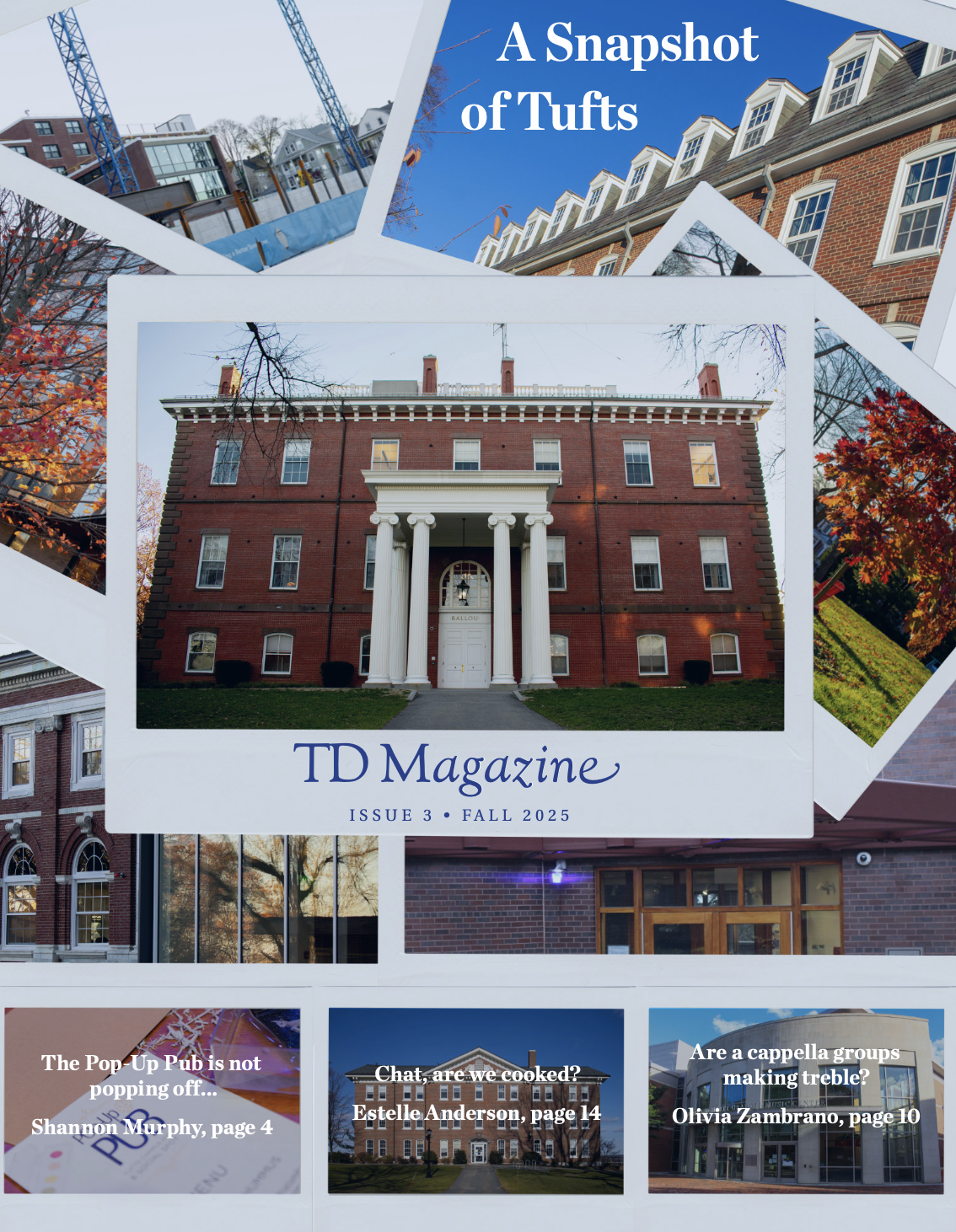As one of the main cultural hubs on the eastern seaboard, Washington, D.C. fosters a strong intellectual culture of discovery through its museums. As Tufts students, we’re spoiled with fairly easy access to incredible museums in Somerville, Cambridge, Boston and the outskirts of Massachusetts through the T.
D.C. is similar to Boston in this way. However, the U.S. capital has a broader array of enrichment opportunities stemming from institutions like the Smithsonian that showcase new social, economic and political developments by displaying the arts and the long shadow of history. I’ve become addicted to museums, and there are three in particular that I found to be the most thought provoking.
1. National Gallery of Art
After orientation for the Tufts in Washington Program concluded, I visited the National Gallery of Art with my friends based on the strong recommendations of D.C. native students that we met on our first day. The Gallery showcases eclectic modern art, ranging from German Expressionism to Rococo representations like Jean François de Troy’s “The Abduction of Europa.” Hudson River School founder and artist Thomas Cole’s “The Voyage of Life: Childhood,” an 1842 series of four monumentally sized paintings allegorically representing a man’s successive stages of life, was the highlight of my trip. The series was situated in an intimate octagonal room, with each painting occupying sections of the plastered emerald walls to enable viewers to walk to each painting in order of the paintings’ life stages. The paintings’ cynical and deterministic nature depicting the inevitability of mortality heightened by the sensation of walking alongside the figure depicted by Cole caused me to question humanity’s fickleness. It was a poignant message to digest on a Friday afternoon, but absorbing that message was an unforgettable experience.
2. The Phillips Collection
The Phillips Collection is one of the more experimental destinations for contemporary art in D.C., frequently rearranging its exhibitions to provoke new conversations among viewers on intersecting artistic and sociopolitical topics. Case in point: the collection reconfigured its main viewing room on the second floor to accommodate many of Jacob Lawrence’s “The Migration Series” paintings, owned jointly by the Museum of Modern Art. The series fundamentally challenged America’s past and current racial hierarchies through Lawrence’s gruesome depiction of African Americans’ migration from the rural South to the North in the early 1900s. The Collection’s placement of the paintings in a horizontal succession around the room further simulated the tribulations of migration, conveying to the viewers that they were experiencing their own spiritual journey with Lawrence.
3. The Woodrow Wilson House
Wilson’s residency embodies his contradictions not only as a leader but as a person. Displaying Wilson’s presidential paraphernalia and seminal archives from his political life, the Wilson House frames Wilson as a “progressive” visionary. His spearheading of the League of Nations represented the precursor to international governing bodies like the United Nations. Additionally, his domestic legacy included his support for the Nineteenth Amendment and the creation of the Federal Reserve Bank. However, as the churn of history illustrates, Wilson left a painfully racist legacy reverberating into contemporary struggles against systemic racism. His racist policy platform, encompassing his support for the Ku Klux Klan, segregation of federal departments like the Department of Treasury, and rejection of recognition for racial equality in the Treaty of Versailles, eroded civil rights protections for people of color for generations. The Wilson House invests a lot of time in laying out this history, but its conflicted message still resonates with me: How should a nation retroactively view its “progressive” leaders and their accomplishments without whitewashing the consequences of their policies?






